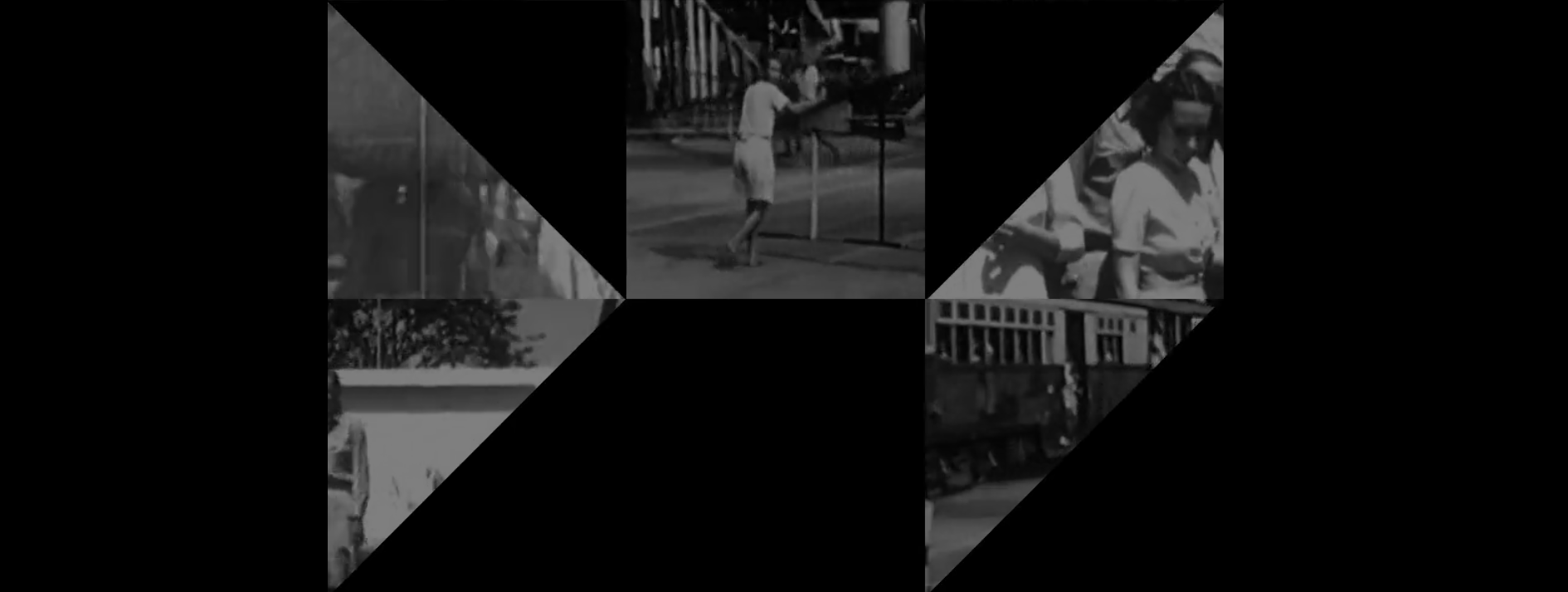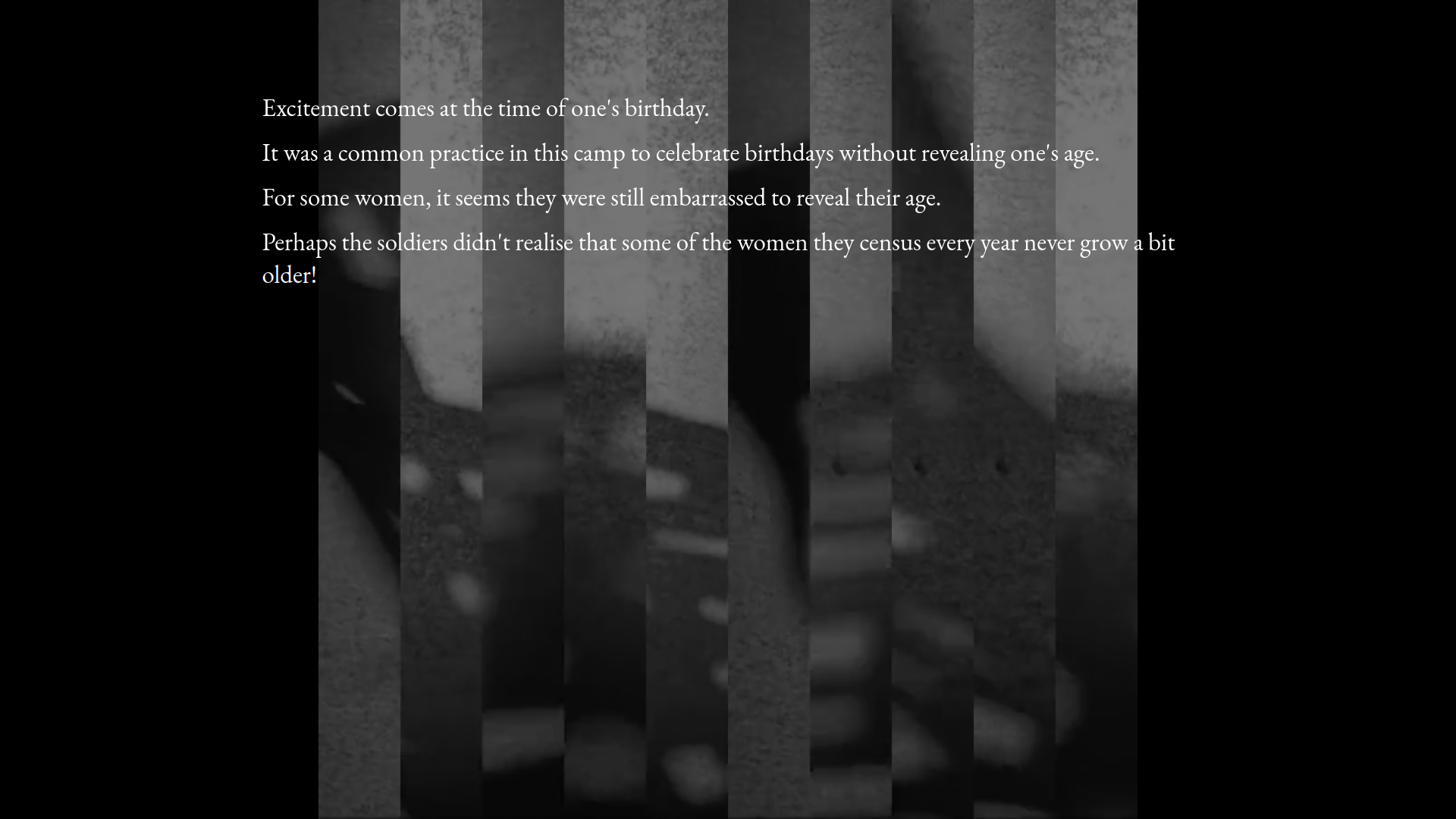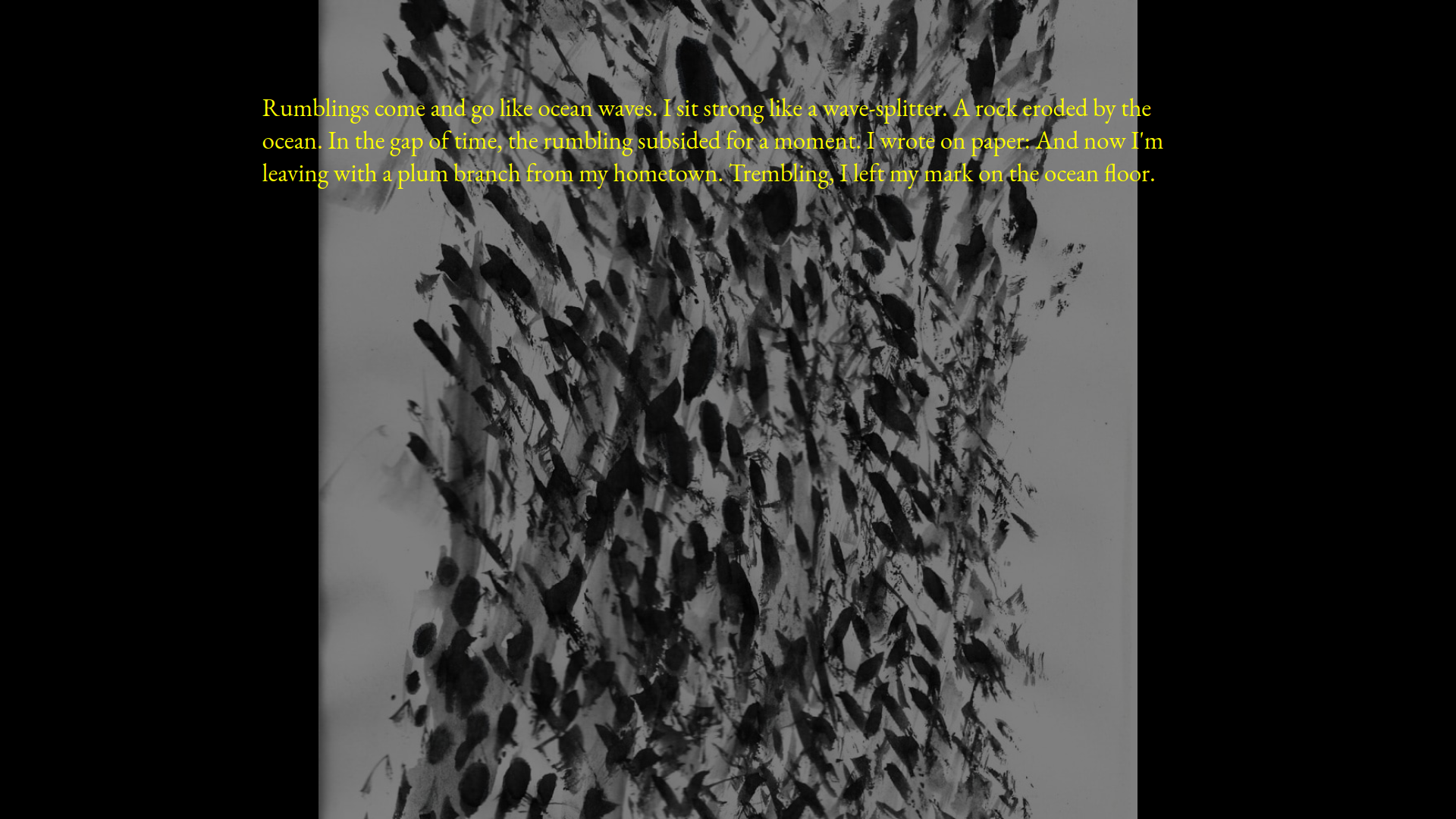
Open Call winner Bilawa Ade Respati takes us behind the curtain of Indonesian history.
Bilawa Ade Respati is an Indonesian musician and performer based in Berlin. He has been both performing classical Javanese music and playing in experimental music contexts. If you are familiar with his work, there is no way around his integration of the gamelan. He often uses the instruments in his practice, changing their context depending on the project. Respati used to live in the German state of Lower Saxony, where he played with classical Javanese ensembles using the gamelan, performing in places like the Elbphilharmonie in Hamburg or the Überseemuseum in Bremen. He continued this practice when he moved to Berlin, where, until recently, he performed with a Javanese gamelan group as part of the cultural programme of the Indonesian attaché for culture. On top of that, he plays guitar, and he is also a composer. The past a few years, he has been creating dance pieces together with choreographer and dancer Ruben Reniers, and until 2021, he was a member of Sōydivision, a multidisciplinary collective of Indonesian artists and musicians who are based in Berlin. As you can read, Respati has been dipping his toes into many different disciplines apart from web-based sound art. How did he discover this medium, though?
Bilawa Ade Respati: That’s actually related to the Browser Sound Festival last year. I took the JavaScript tutorials with Brandon [L. Snyder], and I learned a lot. That was actually the first time I tried to make web-based sound art. The work Tirai is also based on my final project for that workshop. I built on top of that.
JDT: In his piece Tirai you can follow the lives of three witnesses who were living during the Japanese occupation of Indonesia. You can discover the work here.
What is Tirai about?
BAR: The meaning of the word Tirai is curtain, like the ones you find in theaters, for example, or on your window. I want to tell stories about the period during the Japanese occupation of Indonesia in 1942–1945. The stories I chose come from three different perspectives. One is the perspective of an Indonesian poet who lives in that era and is struggling. The second point of view comes from a Dutch young woman, who was in the Japanese internment camp in Palembang, Sumatra, in Indonesia. The third character is a Japanese kamikaze pilot who was ordered to die for his country. I thought it would be interesting to find small histories within this really big history. I mean, it’s a history of war. It’s the Second World War. A lot of damage was done in Europe and in the Pacific War. There is also the issue of colonization and independence—Indonesian independence from the Dutch colonizers. For me, this is the big narrative, the big history, but the smaller history is to ask questions about how people lived at that time. How was the psychological condition of the people? I formulate it with two conceptual frameworks: there’s the feeling of fear, and there’s the feeling of longing.
The project was actually initiated several years ago with Sōydivision. In the ensemble, there was one Japanese and one Dutch person. We tried to see what kinds of stories we could relate to using these frameworks. In 2021, we got a three-month stipend from Musikfonds to do artistic research and make a new piece, and this is when we mostly did the research that the project is based on.

JDT: Is this your first work of web-based sound art?
BAR: I would say it’s the first one that is not, you know, done in my spare time. You really need to put in effort, and there’s a target that you will present the work at a festival. So this is the first one in that context.
JDT: And are you planning to do more web-based sound art work in the future?
BAR: Yes, because I have a personal interest in web technology. I come from Indonesia, so sometimes I want to share something with friends and family back at home. This is why whenever I have a performance or an exhibition, I thought it would be very easy if the work was actually accessible on the web. Because then, as soon as it is there, it can be accessed from everywhere, including by people back at home. So there’s a personal interest in that as well.
JDT: It’s time to get more technical! How did you build the piece?
BAR: I knew from the beginning that my limitation would be my familiarity with web technology. I intended this project to be an opportunity to learn about using JavaScript, the peculiarities of web audio, etc. I chose to use a game engine. The inspiration for Tirai comes from the so-called visual novel. This is kind of a light kind of literature, and it’s usually associated with video games. You can imagine a game where you, as a reader, read, and then there is music and there are visual elements, usually in Japanese animation style. You make choices, and based on your choices, you get to know the story further. I decided to use a visual novel game engine to build the work because the aesthetics and the beginning concept are accommodated by this engine. It’s called the Monogatari Visual Novel Engine. Of course, you can build everything from the bottom up. This is what I did for Browser Sound. I used P5.js and built everything from scratch. But in the end, you have to do asset management, you have to deal with data structures, and I think by using a complete framework, you can save some time because they already have a very solid way of structuring their data, for example. But then, of course, such engines require assets. It only displays the assets and the text, but we still need to produce all of this. So I used different approaches there based on the task at hand.
JDT: Could you give us an example?
For example, there are two types of visuals. There is the video collage, and there’s this image collage. For the image, I used Processing to create the collage. The video collage was made with Python. I used MoviePy, which makes it easy to cut videos and put them together. One of the videos was a bit more manual because it used shadow figures. I built paper-cut figures and then recorded them using a smartphone. Then I used them as one of the materials, so this one is more hands-on. The music was built with Supercollider. Because the idea was also to use collage, a lot of things are an aggregate of sounds, whether in terms of timbre or in terms of starting positions in time. Also, I did a bit of pitch analysis and onset detection to create melodic materials. For this, I used interviews with two historical figures who experienced the time. One is the recording of Indonesian author Sutan Takdir Alisjahbana, who is one of the inspirations for one of the characters, and who was a poet and a philosopher who really experienced the occupation time. The other person is Sister Catharinia. She was among the women who were put into the Japanese internment camp.
JDT: How about the text, which is a very important aspect of the work?
The text was actually written manually. Nothing special. The interest lies in how to structure the narrative because the text is actually written in a linear way with a beginning and end, but the way that it will be presented to the audience is based on a random walk. In the beginning, I tried to generate a random walk, but then I realized it’s a bit annoying because then it’s very easy to fall back to those stories that you’ve already read. So in the end, it became a bit more deterministic. I made several runs of the random walk, and then, based on these runs, I created branching structures so that it has this familiarity that if you choose this path, you will arrive there, but which questions will come and what the next possible path is that the reader can choose is governed by this random walk. So it’s a bit too much work because you need to manually programme this, but I think that it provides a bit more enjoyment than, you know, having a random text generated for you again and again.

Still from Tirai
JDT: Nice, thank you for this detailed description! You also get to work with the coaches. What did you do with them in this context?
BAR: For me, what I am most grateful for in this project is the ability to learn, especially from the three coaches. I would say that with Marko [Ciciliani], we talked a lot about references and about conceptual approaches. The way that I imagined to use nonlinear storytelling is inspired by the Oulipo movement in French literary circles. They like to play with mathematics and chances. So the idea was to use a random walk to create nonlinear storytelling structures. And of course, this resonates with Marko because he also uses a similar strategy, what he calls “ergodic storytelling” ergodic storytelling, in which there is a certain freedom given to the reader to define what kind of narrative they want to follow. Kris [Meeusen] was the one who helped me tackle the technical problems. He is the one giving advice on using tone.js, for example, and how to figure out some challenges in the gaming framework that I use. And of course, the advantage of using such a framework is that you get everything included, so it’s ready to use. But the downside of that approach is that when you want to specifically tailor it to your needs, you really need to hack things. I think Kris was really helpful in also figuring out how to hack the framework. And Olia [Lialina] gave me a lot of insights by looking at her work and how she approached our conversation. She looked at the work, and then she was directly giving pointers, such as “why is a thing like this?” or “why use this and not that?” There was a certain process of questions and answers that somehow triggered me to think. Stuff that I was not thinking about when I made the piece in the first place. Olia helped shape the work in a more conscious way because there were a lot of artistic decisions that she helped me take based on her questions during our meetings.
JDT: You already mentioned that you want to continue the path of making web-based sound art. What else does the future bring for you?
BAR: I recently had a showing of the sound and visual installation Distant Memories of the Void with the light designer Emese Csornai. For that work, we built a gamelan automaton—a self-playing gamelan, for which Adrian Latupeirissa, a researcher from KTH Stockholm, did the technical implementation. We also added visuals displayed on a screen, like a video. We wanted to make the relationship between the sound and the visuals as close as possible. In order to do this, I used Supercollider to control the robot that hits the gamelan instruments. Supercollider can display a web view as well. And because it’s a web view, that means it displays simple HTML, and then you can use whatever Javascript framework you prepare. So I can imagine that using web technology in such a way makes things easier. For example, one can, of course, send OSC messages to another software and then the software reads them, but you can keep it very simple. You can also be very flexible if you know how to programme for the web. I think nowadays a lot of programmes are based on web technology anyway. So I think this is what I’m trying to think about. “Okay, um, what’s the next step?” Because I’d see it as a potential. I think, for example, on the website of tone.js, I found crazy stuff already done. Sometimes on the border of wizardry, a very clever use of the platform. So I’d say this is a direction that I would like to follow as well. For me, the web has this multimedia nature in itself. When you access a text, you have these hyperlinks on which there are references you can call in a very easy way; visual materials can also be there for you; audio… So I think as a medium, it’s very rich, and nowadays it gets even more immersive as well. You can do virtual reality and more crazy stuff. And it’s ubiquitous. Everyone has a smartphone. I remember from the Browser Sound festival last year that there was one piece that utilized VR, and made it more interactive. The audience was not just static but was actively involved and made decisions that are part of the piece. I think this is also changing how we think about creating a work, which is not only to be consumed passively; the audience is actually the agent that really actively shapes the work itself. So this kind of potential is, for me, very intriguing to explore.
JDT: Thank you so much for sharing, Bilawa!
Some resources
- Bilawa Ade Respati’s webpage
- Tirai
- Distant Memories of the Void
- moviepy
- Monogatari Visual Novel Engine
- Marko Ciciliani’s “ergodic storytelling”

To Top ↑

